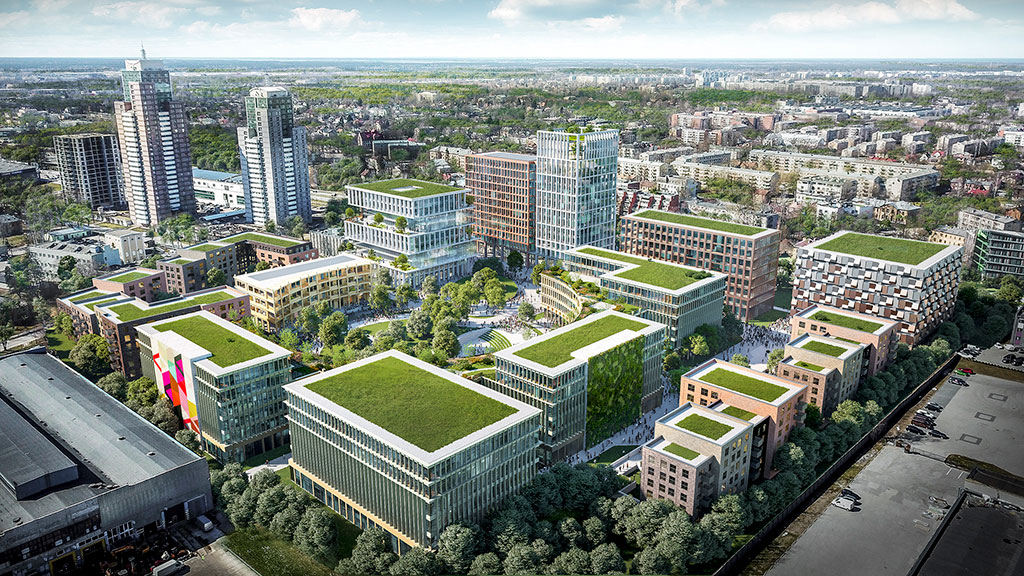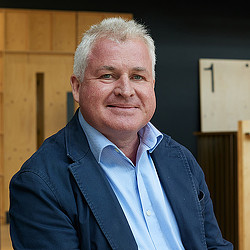The Future of City Centres
May 09, 2023 | By Ian Mulcahey
Editor’s note: This article originally appeared in NLA.
Since the beginning of the industrial age, people have been told when and where to work. Now the shoe is on the other foot, and for the first time, employees are choosing their work hours and locations. The outcome of this newfound level of choice is that, realistically, we aren’t going back to the office five days a week from 9-5. If companies want to attract people back, they must consider what staff want and need from the office.
Whilst we should consider what the magnets will be on a workplace level, we should also look at this on a city level. Wherever the final balance lies, this is the biggest change we’ve seen in our lifetimes in terms of where and how people are working, and the effect this is having on Central Business Districts.
For a huge proportion of office-based workers, the pandemic has changed everything, forcing a radical rethink of the role our city centres now play. The changing commuter patterns are clearly seen in London where, for the first time ever, the most popular day on the tube is now a Saturday. Although the city centre is still the best place to socialise and experience culture, it is no longer an essential location for many people to do their work. The balance in Central London has shifted towards being more of a lifestyle location rather than the traditional work destination.
Footfall in the West End is noticeably higher than footfall within the city, because it is mixed use, with a range of retail, culture, hospitality, residential, and office spaces. The city, on the other hand, is heavily centered around office-based employment and is now missing so much of the life and buzz that draws people in. As businesses start to make choices about their office location, it is inevitable that they will be enticed to the areas that will help to attract talent. That means offices in more lively areas with good accessibility will have an easier time hiring and retaining the best staff.
From Central Business District to Central Social District
Clearly, the way we work and the way we enjoy our lifestyles are becoming increasingly blended. The Central Business District (CBD) is now becoming the Central Social District (CSD). The established CBDs remain to be the best places to meet, to socialise, to learn, and to exchange ideas, but they now need to adapt to our new demands. This blend of work and lifestyle has given birth to a new form of ‘workstyle.’
Transforming the city of London into a vibrant social hub can be done through an effective public realm strategy and the provision of amenities that cater to the needs and desires of residents and workers in the area, retaining the existing population and drawing new people and businesses in. By creating inviting public spaces, such as parks and squares, and encouraging a mix of uses beyond the office, such as retail, restaurants, cultural attractions, educational facilities, healthcare, and fitness amenities, people will come to these Central Social Districts not only to work, but to enjoy their free time. Diversity, equity, and inclusion targets can be met with community-oriented events, the promotion of local businesses, and more affordable housing. Additionally, providing convenient and safe transportation options, such as bike lanes and public transport, can further enhance accessibility and connectivity of CSDs, making them even more attractive as social hubs.
This mirrors one of the top 10 meta trends in Gensler’s Design Forecast 2023, “Office as a Destination,” which looks at how offices continue to transform to offer a diverse collection of spaces and experiences that will entice people back. The report also looks at how this flight to quality and experience will give a competitive advantage to spaces in prime locations and have the right mix of high-quality amenities in and around the building. It’s about being better connected, with better accessibility to activities outside of work.
The trends identified in Design Forecast 2023 impact not just the traditional office but the way we use and engage with our cities. The most competitive cities will be the ones that most quickly adapt to the evolving needs of people who have been given more choice and freedom than ever before.
For media inquiries, email .

